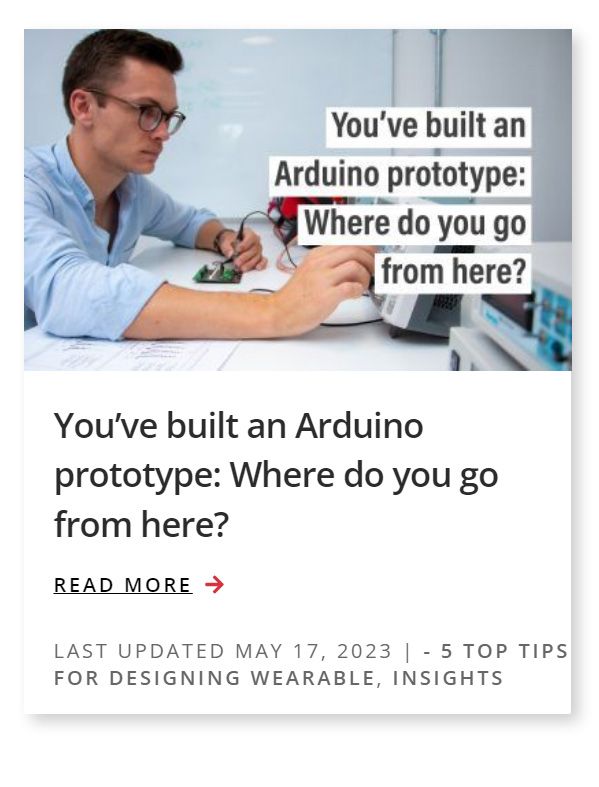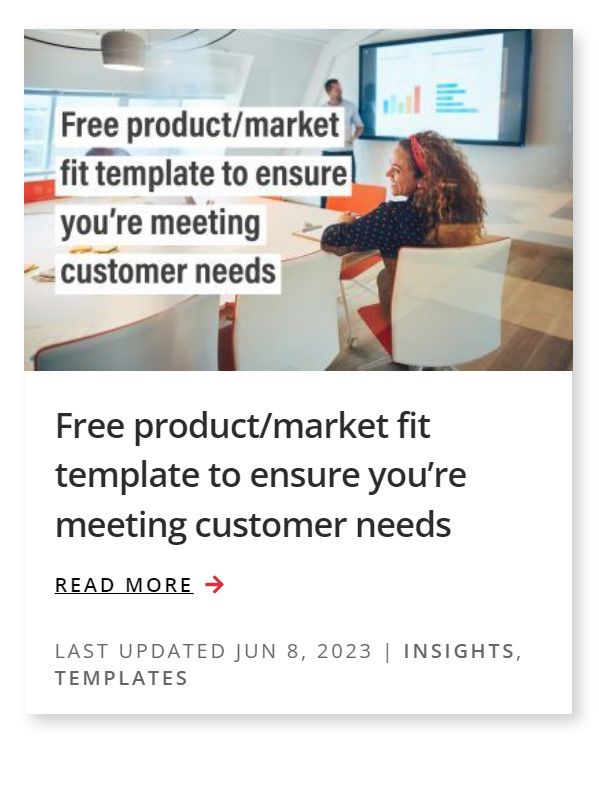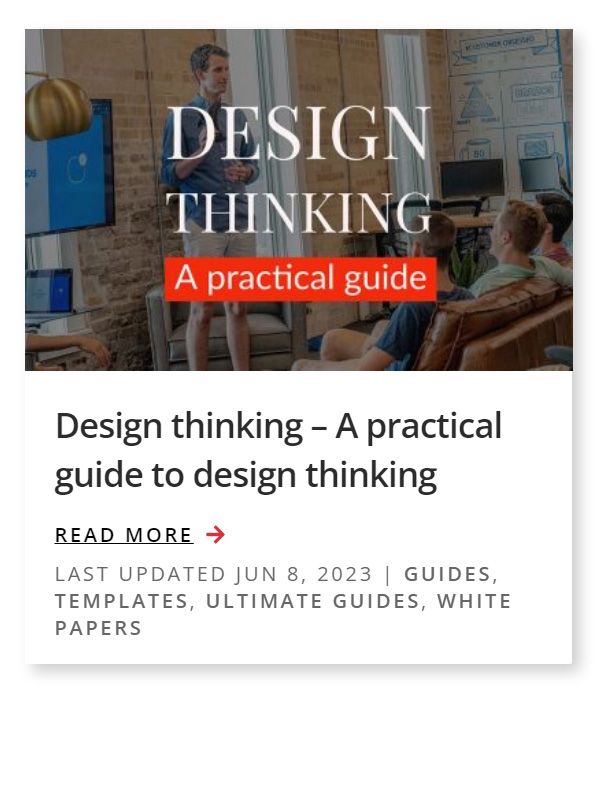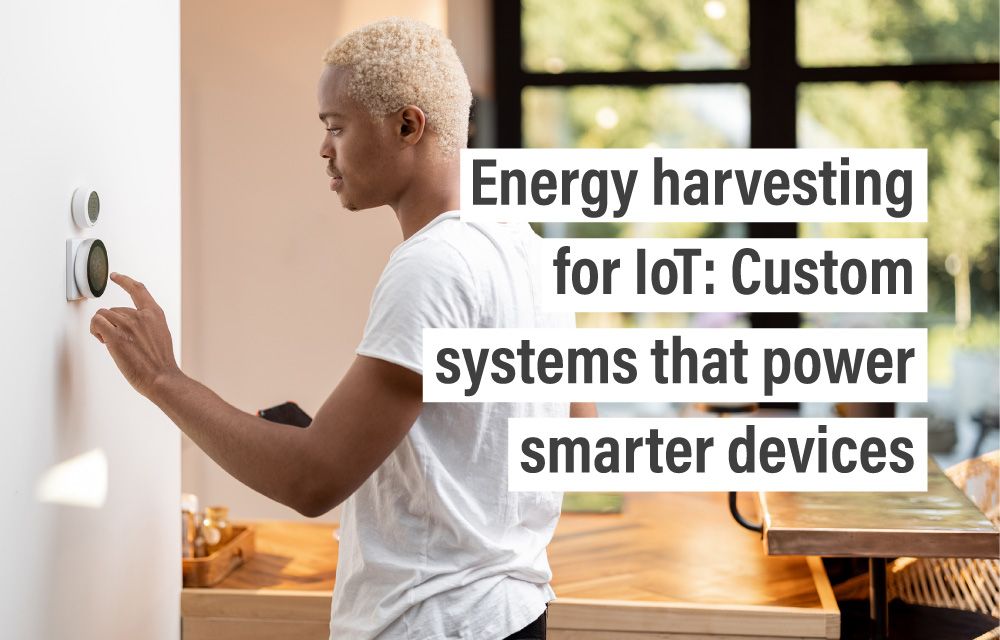We are an award winning product design consultancy, we design connected products and instruments for pioneering technology companies.
5 top tips for designing wearable technology that stands out
Reading time 6 mins
Key Points
- As wearable tech becomes increasingly popular worldwide, designing devices that stand out from the crowd is crucial for gaining a competitive edge
- Understanding your user and target audience and crafting devices they will find helpful and easy to use are crucial first steps
- Equally important are the components you choose and the sensors you integrate
- Finally, ensure devices are thoroughly tested in real-world scenarios to resolve issues and safety hazards
- While these tips are essential for successful wearable technology design, they are equally helpful and applicable to most types of product design, e.g. solar, powered devices
Differentiate yourself in the market with tailor-made wearable technology. Our wearable specialists are ready to design wearables that meet your business needs. Contact us today.
Ben Mazur
Managing Director
I hope you enjoy reading this post.
If you would like us to develop your next product for you, click here
Wearable technology has become increasingly popular in recent years, revolutionising how we live, work, and play. Whether you’re developing a new fitness tracker, smartwatch, or virtual reality (VR) headset, designing wearable technology requires careful consideration. Here are five tips to help ensure your wearables stand out.
- Understand your user and target audience
- Create an intuitive user interface
- Choose the right components
- Integrate useful sensors
- Test your device thoroughly
Did you know…?
In 2022, there were an estimated 1.1 billion connected wearable devices globally. Considering that the world’s population is just over 7.5 billion, this really puts wearable’s widespread usage and popularity into context.
Suggested articles
Key design considerations for wearable devices
Tip 1: Understand Your User
The first step to designing any successful product is understanding who your user is and what their needs are. Do your research to define your target audience, ask questions about what features they value most, and find out how your product fits into their lifestyle. Once you understand these things, you can create an experience tailored specifically for them.
Our free product/market fit template will help you determine whether the device you’re developing is suited to the audience you’re targeting.
Tip 2: Create an Intuitive User Interface
No matter how many features you pack into a wearable device, it won’t mean anything if users can’t figure out how to use them. Crafting an intuitive user interface (UI) that’s understandable and easy to navigate should be one of your primary goals when creating a design. Look at existing products in the market to get ideas but make sure yours stands out with unique aesthetics and features that truly bring something new to the table.
Read our guide on Design Thinking for more information on observing and understanding user behaviour to ensure that you’re developing impactful solutions to real problems.
Using a product testing survey to gain user insights and customer feedback can also be helpful. This will help you test your product’s usability with real users, reduce risk, increase your product’s market fit, and strengthen your brand’s market positioning.
Tip 3: Choose the Right Components
Choosing the right components when designing a wearable device is essential for success. There are many factors to consider, such as battery life, power consumption, sensor accuracy, and network connection type. Make sure all components are reliable and compatible with each other so users have positive experiences with your product.
Also, remember that the components and platform used in your prototype design might differ from the final product. Making the transition requires further consideration to ensure you haven’t missed anything.
Tip 4: Integrate Useful Sensors
Sensors play a significant role in making wearables work properly. Ensure you include useful ones that collect data accurately and securely so that users reach their goals faster or easier than ever before. Consider the data types that would be helpful for specific activities and choose the appropriate sensors accordingly. This list of 10 essential sensors for body sensor networks will help you better understand the available options.
Tip 5: Test Thoroughly
Testing is essential when building wearable products since real-world scenarios differ significantly from simulated ones used in labs. Test prototypes on actual users as much as possible during the development stages so any issues can be identified early on and addressed before launching your product. Failure to do so could result in negative feedback or product recalls, potentially causing irreparable damage to your brand and reputation.
Both our failure modes and effects analysis (FMEA) and product risk assessment templates will help in this regard.
Final thoughts on designing wearable technology
Designing wearable technology comes with its own set of challenges. Still, anyone can succeed by following these five tips – understanding users’ needs, choosing appropriate components, crafting intuitive UIs, integrating useful sensors, and thoroughly testing designs!
Better still: these design considerations can be applied across the board. Regardless of whether you’re designing solar-powered devices, an electric toothbrush, or goggles for swimmers: replace ‘sensors’ with ‘features’, and the tips remain the same.
Good luck!
Comments
Get the print version
Download a PDF version of our article for easier offline reading and sharing with coworkers.






0 Comments